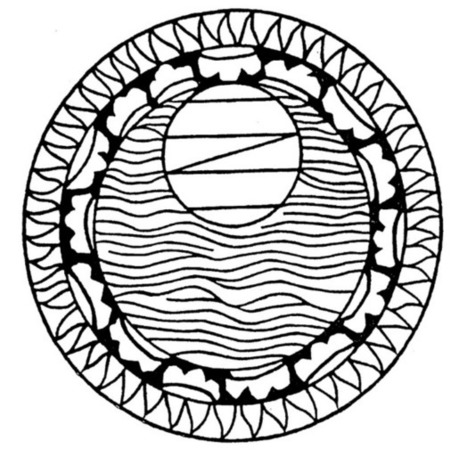It is said that Washington Irving’s biography of Christopher Columbus, published in 1828, was the work that started the legend that the discoverer of America was the person that convinced the ‘nearly medieval’ Europeans of his time of the sphericity of the earth, a legend that has captured the popular imagination since then. Nothing could be, however, farther from the truth, for all educated people during the Middle Ages knew perfectly that the earth was round, especially after the cosmological works of Plato (Timaeus), Aristotle (De Caelo, Physics) and Ptolemy (Almagest) were translated into Latin and commented by scholastic philosophers after the 11th and 12th centuries. Actually, the roundness of the earth was such a trivial fact that Thomas Aquinas, in is Summa Theologica (13th century) put it as an example of a fact that is beyond any reasonable doubt, for there are many ways of proving it, the most important ones being that mountains are seen before the cost from ships approaching land from the see, that the shadow of the earth during moon eclipses is always round, and that, since the earth is the most heavy element, tending naturally towards the centre of the universe, it would tend to accumulate there from all directions with the same intensity. The two former arguments are ‘empirical’, and equally valid in Aquinas time than now, whereas the third one is ‘theoretical’, grounded in a theory (ancient Greek cosmology) in which we don’t already believe, but that is closely reminiscent of our own explanation of why planets are round due to the influence of gravitation.
Research and publish the best content.
Get Started for FREE
Sign up with Facebook Sign up with X
I don't have a Facebook or a X account
Already have an account: Login

 Your new post is loading... Your new post is loading...
 Your new post is loading... Your new post is loading...
|









